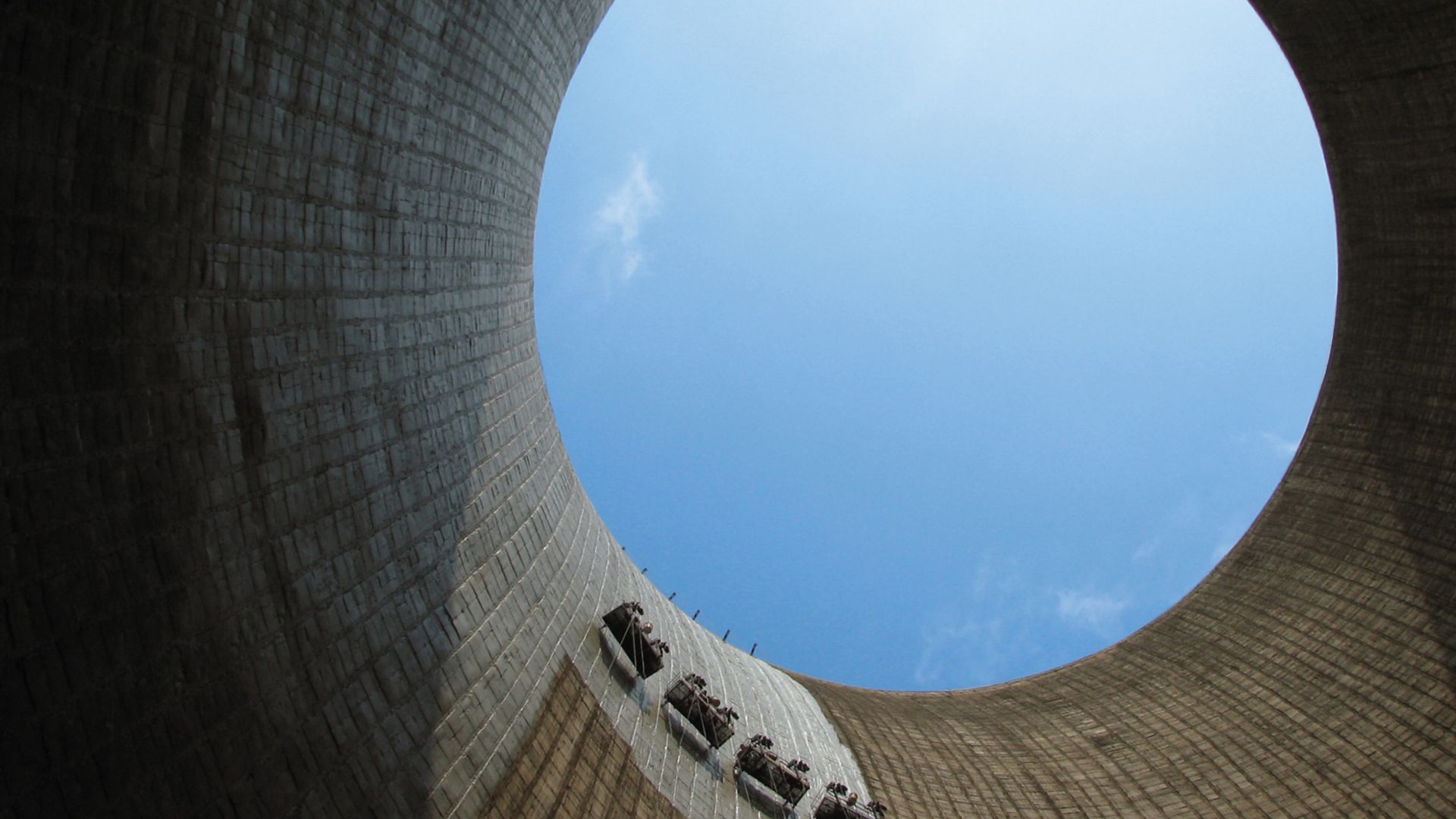Since concrete structures are often exposed to different aggressive environments, they require high quality protection systems. Reinforced concrete structures are built to serve many generations to come. However, concrete faces many threats of natural deterioration, damage and reinforcement corrosion.
Concrete Structures Have a Lot of Stress
Depending on their location and use, concrete structures are subjected to a wide range of exposure conditions – from normal atmospheric carbonation to the aggressive influences in polluted urban and industrial environments, plus marine atmosphere and liquid or gaseous chemicals, along with influencers that can damage or attack the concrete and embedded steel reinforcement.
Water can penetrate naturally through the capillary pore structure of reinforced concrete.
Reinforcement corrosion, cracks or spalling can occur in areas of carbonated concrete or where there is high chloride content on the surface of steel reinforcing bars.
The freeze-thaw process creates stress in the concrete matrix due to free water expansion in the capillary pores during freezing conditions. This can result in surface scaling in poor quality concrete, and may be greatly accelerated by chlorides in the water.
Overloading due to increasing traffic loads, inadequate design, damage to the structure, stress/ fatigue failure, earthquake effects, or any other mechanical impact such as vehicle impact, can all exceed or reduce the structure’s load capacity.
Some structures, such as chemical plants, sewer systems or waste water treatment plants, are exposed to varying levels of chemical attacks. Special coatings may be required.
Buildings and bridges may be subjected to a wide variation of temperatures from day to night / winter to summer, or between different sides or surfaces of the structure. These repeating cycles result in thermal stresses and movement in the concrete structure that can also cause cracks.
Reinforced concrete may be damaged from fire exposure. Special intumescent coatings may be used to protect structures against fire. Coatings should not add fuel to the fire to avoid increasing its intensity. Some structures like tunnels have special considerations with this particular risk.
Carbon dioxide (CO2) reacts with calcium hydroxide (Ca(OH)2) in the cement matrix pore liquid of concrete structures, and it is deposited as calcium carbonate (CaCO3). This process, known as carbonation, reduces the strength of embedded steel reinforcement once it reaches them.
Chlorides come from de-icing salts used in winter, or from saltwater in marine environments. They can penetrate the concrete structure, and once they reach the reinforcement bars, they can locally destroy the passivation film causing fast pitting corrosion.
Two Most Common Causes of Concrete Damage and Reinforcement Corrosion
The two most universal causes of reinforcement corrosion and concrete damage are carbonation and chloride attack. The faster carbon dioxide or chlorides penetrate the concrete, the sooner the passive layer around the reinforcement bars is destroyed and the corrosion process is initiated. Understanding the root cause of steel corrosion determines the most effective repair and protection strategy. To ensure long-lasting durability, an appropriate maintenance strategy should be followed by owners and their construction management.
Sika Offers All Types of Technology for Concrete Protection
For over 100 years, we have gained extensive experience and expertise in the repair and protection of concrete. With all of the necessary products and systems for technically correct concrete repair and protection, Sika delivers high performance solutions in accordance with principles and methods defined in local standards such as the European Standard EN 1504.
Explore our Solutions
Reinforcement Corrosion Protection
Concrete protection also means protecting the embedded steel bars from corrosion. This can be done by applying a protective layer on the reinforcement, by using corrosion inhibitors or by cathodic protection. Cathodic protection is one of the most effective means of protecting embedded steel bars in concrete and preventing corrosion. It is an electro-chemical technique to stop steel corrosion by galvanic anode or induced current. Sika proposes a full range of anodes (galvanic and hybrid anode systems) to prevent the onset of incipient anode corrosion and to control corrosion in contaminated but sound concrete.
Protective Coatings
To provide a specific protection such as anti-carbonation or chemical resistance, a film-forming protective coat can be applied on the surface. Such protective coatings are available as rigid, plasto-elastic or elastic systems. Sika also has permanent anti-graffiti and anti-fly poster coatings to protect concrete, wood, masonry and metal. They require no refreshing coat after the cleaning operation which can be repeated again and again.
Hydrophobic Impregnations
Hydrophobic impregnations are a special concrete protection solution applied to reduce water uptake behavior and prevent ingress of water-dissolved contaminants such as chlorides. The aesthetic appearance of the concrete surface will not be changed.

